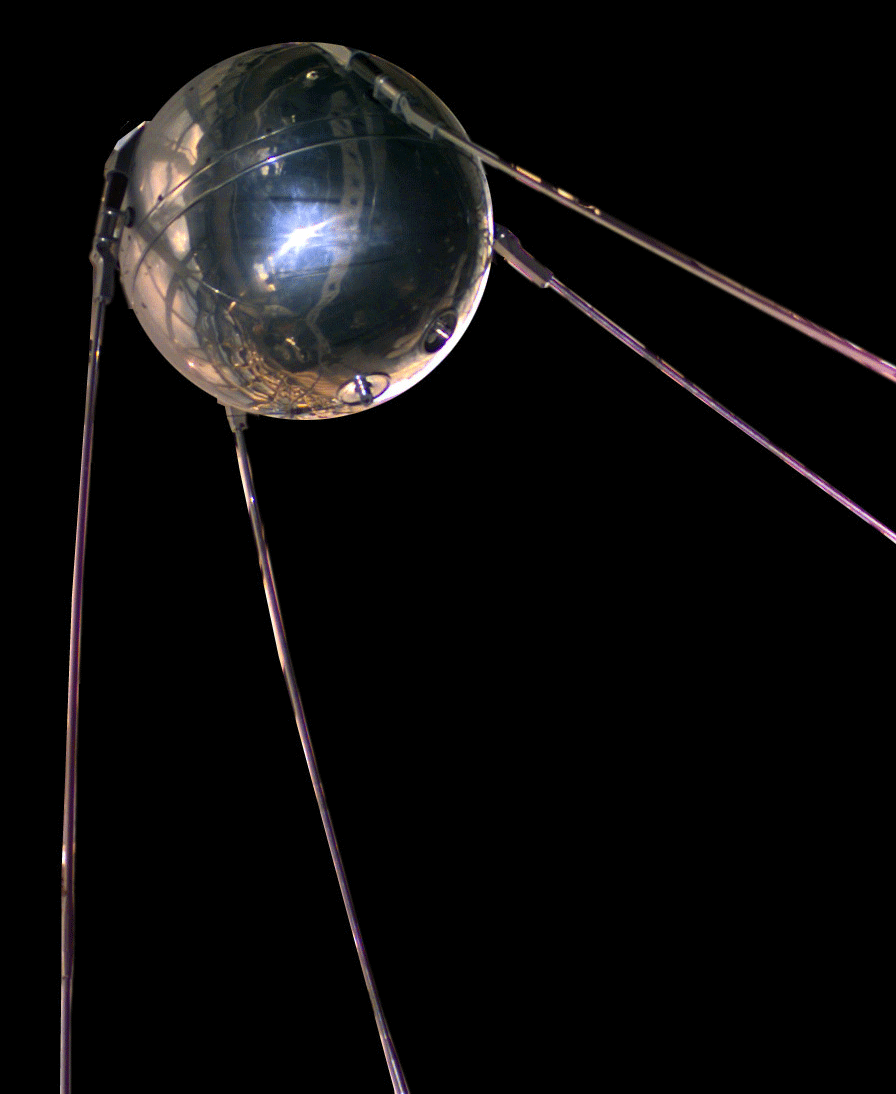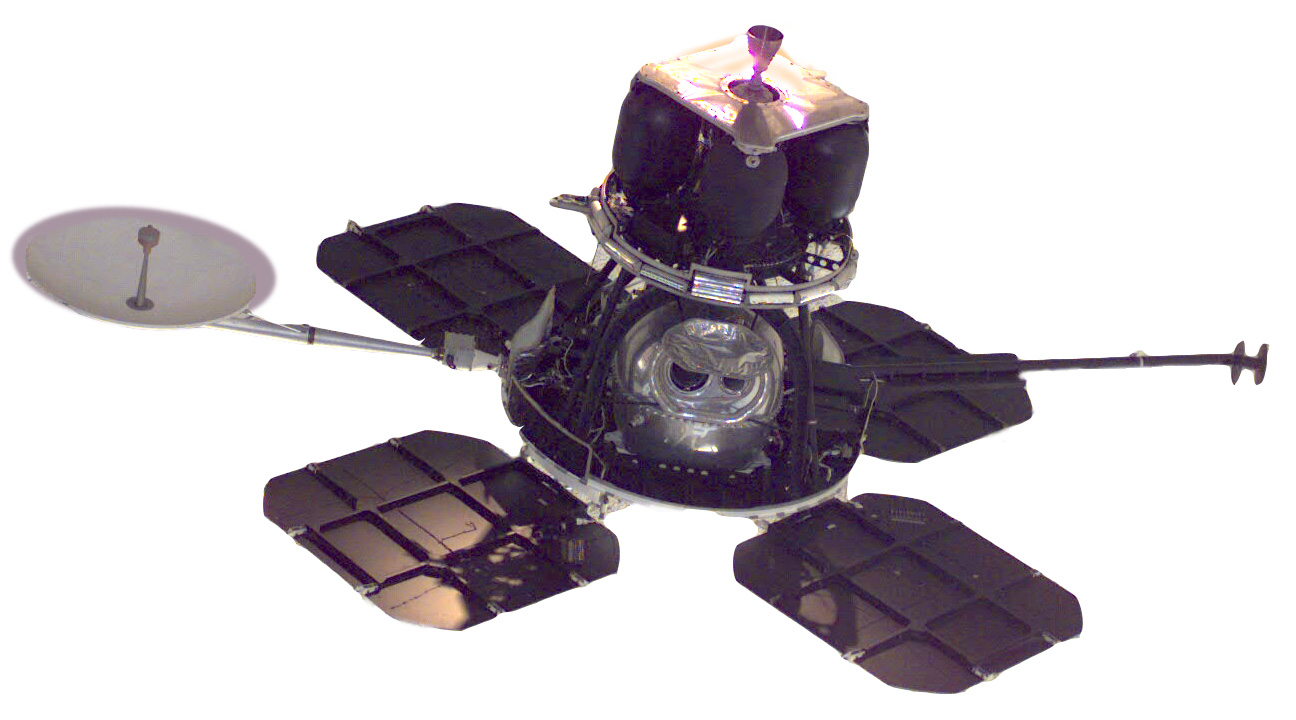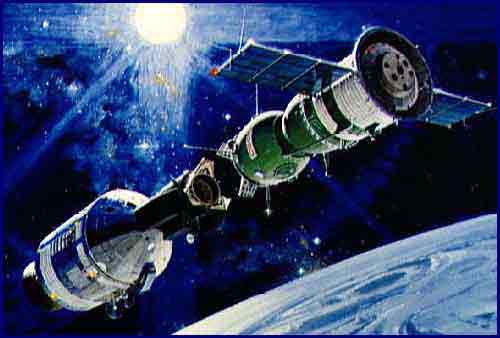Reminded by the media that today marks the 25th anniversary of the Challenger disaster, I think not of that event directly, but of how even in the moment of its occurrence in 1986, I registered the horror only distantly, as a background image on TV that followed me throughout the rest of that cold January day. It was not simply my first media event — that useful term coined by Daniel Dayan and Elihu Katz to describe those moments, planned and unplanned, when the screens of the country or the world fixate on a singular happening of shared cultural, historical, or political significance — but the first time I recognized the importance of something alongside my failure to connect with it the way I suspected I should.
I was 19 years old at the time, struggling to find my place at Eastern Michigan University, where I was fitfully taking classes in the Theater Department. (The focusing discipline of English, with a “penance minor” of History, was a year or two in my future.) Shocking events on the national stage had penetrated my consciousness before — I remember whispers leaping like sparks among the nested semicircles of our orchestra chairs the day John Hinckley tried to kill Ronald Reagan in 1981, and when John Lennon died a year before, I stayed up late with the TV, waiting for details to emerge. I even remember, vaguely, being shushed by my family the night in 1978 that news of the Jonestown massacre broke. But whatever organs of emotion were developing inside me had not yet matured enough to apprehend the vastness of collective trauma, to sound along the single string of my soul a thrum of sympathetic resonance with some larger chorus of lament. That would not come for years, until after the profound illness of a close friend and the death of my older brother had broken down and rebuilt my heart in more human form.
But other factors were behind the cold inertia of my feelings the day we lost Challenger. I had drifted from a childhood infatuation with the space program, one fueled by family visits to the National Air and Space Museum and long hours spent poring over books written by and about NASA astronauts. Though I found the Mercury flights too early and primitive to hold my interest, the cool capsule design and paired teamwork of the Gemini program (like going into space with your best friend!) fired my imagination, and the Apollo moon landings were like repeated assaults on Mount Olympus, bold conquests by super-dads wrapped in science-fiction armor. Skylab, under whose orbits I aged from 7 to 12, was like a funky rec room in the sky, a padded cylinder where playful scientists in zero-G did somersaults and wobbled water globes for the cameras, which relayed their bearded grins to us.
By contrast with the alternately goofy and glorious NASA missions of the 60s and early 70s, the Space Shuttle program seemed a retreat into something more pedestrian and timid. The orbiter with its aerodynamic surfaces struck me as being too much like an airplane, a standard streamlined creature of the atmosphere instead of a spiky, boxy, bedished emissary to the stars. Those external fuel tanks turned the coolest part of the show, the rockets, into mere vestigial workhorses, to be dropped away like a shameful secret, disavowed by the pristine delta wing as it did its boring ballet turns — never going anywhere, just cautiously circling the earth, expecting applause each time it landed, though the goal seemed to be to make launches and returns as common and unexceptional as elevator rides. The whole concept, in short, was a triumph of the disposable and interchangeable over the unique and dramatic.
So I stopped paying attention to the shuttle missions, until January 28, 1986, when the predictable, in the space of a few seconds, mutated into the unique and dramatic.
That strangely horned explosion, a forking fireball marking the moment at which a precisely calibrated flightpath dissolved into the chaotic trajectories of system failure, was at first glance reminiscent of the impressive explosions Hollywood had rigged for my awed pleasure — the sabotage of the Death Star, the electrical rapture of the opened Ark of the Covenant, the Nostromo’s timed destruction — and it took much repetition and analysis for me to begin to grasp the semiotics of this particular combustion. Challenger, for me and maybe for a lot of people, was the beginning of an education in explosions, and over the decades that followed, I thought back to its incendiary lessons: Waco in 1993, Oklahoma City in 1995. The USS Cole in 2000, Columbia over Texas in 2003. And that master class in the forensics of fiery disaster, September 11, 2001.
I don’t think I’m building to any profound point here; indeed, writing about such moments makes me unhappily aware of how provincial and shallow my thinking about spectacle can be. Scenes of death, wrapped in the double abstractions of physical laws and media presentation, are still hard for me to feel, though — scored into my optics — they are never hard to remember.



